Decoding the Depths: A Dive into the Composite Floor Function
The realm of mathematical functions houses various unique and intriguing functions. The floor function, often denoted by \(⌊ ⌋\), is a fascinating function that yields the largest integer less than or equal to a given number. Our discussion today encapsulates a composite floor function with parameters. Let's dissect \(f(x)=a[g(x−b)]+k\) and unfurl its nuances.
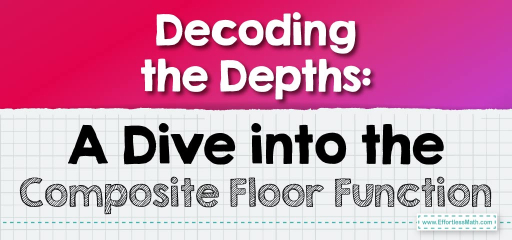
Step-by-step Guide to Understand Floor Function
Here is a step-by-step guide to understand floor function:
Step 1: Foundational Pillars
- 1.1. Floor Function, \(⌊x⌋\): This gives the greatest integer less than or equal to x. For instance, \(⌊3.7⌋ = 3\), while \( ⌊-3.7⌋ = -4\).
- 1.2. Linear Transformation: A function of the form \(y=mx+c\), where ‘\(m\)’ and ‘\(c\)’ are constants, represents a straight line. In our composite function, the transformation \(g(x-b)\) can be seen as a shifted and/or scaled version of \(x\).
Step 2: Peeling Off The Layers of \(f(x)=a[g(x−b)]+k\)
- 2.1. Innermost Layer, \(g(x−b)\):
- The term \(x−b\) signifies a horizontal shift. If ‘\(b\)’ is positive, the graph moves to the right by ‘\(b\)’ units; otherwise, to the left.
- The function ‘\(g\)’ then acts upon this shifted ‘\(x\)’, which can stretch, compress, or flip the graph depending on its nature.
- 2.2. The Floor Encapsulation, \(⌊g(x-b)⌋\): Post the transformation of \(x−b\) by ‘\(g\)’, the floor function rounds the result down to the nearest integer.
- 2.3. Scaling and Vertical Shift:
- \(a[…]\): ‘\(a\)’ can stretch or compress the output vertically. If \(|a| > 1\), it stretches; if \(0 < |a| < 1\), it compresses. A negative ‘\(a\)’ will flip the graph upside-down.
- \(… + k\): This term vertically shifts the entire graph. A positive ‘\(k\)’ will move it up, and a negative ‘\(k\)’ will move it down.
Step 3: An Illustrative Example
Consider \(f(x)=2[3(x−1)]+1\).
- 3.1. Unpacking \(g(x−b)=3(x−1)\): Here, ‘\(b\)’ is \(1\), shifting the graph one unit right. The factor \(3\) stretches it vertically.
- 3.2. Applying the Floor: The function then rounds the values down, creating a step-like graph.
- 3.3. The Scaling and Shifting: Finally, multiply the values by \(2\) (stretching the steps) and shift one unit up.
Step 4: Observing the Effects on Graphs
To deeply understand the function’s behavior, graphing is instrumental. Sketching the transformations step-by-step can elucidate how each parameter influences the function.
Final Words
Our journey through the formula \(f(x)=a[g(x−b)]+k\) showcases the intricacies and depth inherent in mathematical functions. The combination of shifts, scalings, and the floor function’s unique properties culminate in a rich landscape of possible function graphs. Embracing each term’s effect in isolation, and then in combination, empowers us with a thorough grasp of this composite function.
Examples:
Example 1:
Given the function \(f(x)=3[2x+4]\), determine the value at \(x=1.25\).
Solution:
Plug \(1.25\) in the function equation and simplify. So, we have:
\(f(1.25)=3[2x+4]=3[2(1.25)+4]\)
\(3[2.5+4]=3[6.5]=3(6)=18\)
So, the answer is \(18\)
Example 2:
Given the function \(f(x)=[x+7]−4\), determine the value at \(x=−4.5\).
Solution:
Plug \(−4.5\) in the function equation and simplify. So, we have:
\(f(−4.5)=[x+7]-4=[(-4.5)+7]-4\)
\([(-4.5)+7]-4=[2.5]-4=(2)-4=-2\)
So, the answer is \(-2\)
Related to This Article
More math articles
- Representing Percentage
- Estimating and Rounding
- 6th Grade NYSE Math FREE Sample Practice Questions
- Unlocking Solutions: A Step-by-Step Guide to How to Solve Non-linear Equations by Substitution
- Full-Length 8th Grade FSA Math Practice Test-Answers and Explanations
- What Kind of Math Learner Is Your Child?
- The History of Math Development in the USA
- Three and A Half Principles of Extraordinary Techniques for Math Teaching
- 6th Grade IAR Math Worksheets: FREE & Printable
- The Ultimate 6th Grade CMAS Math Course (+FREE Worksheets)

















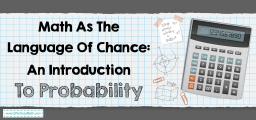


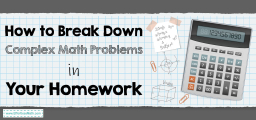
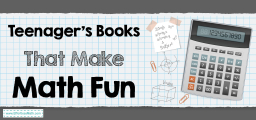

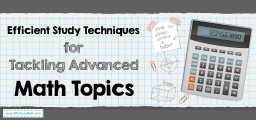
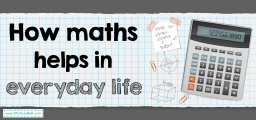
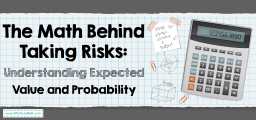
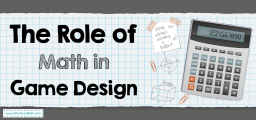


What people say about "Decoding the Depths: A Dive into the Composite Floor Function - Effortless Math: We Help Students Learn to LOVE Mathematics"?
No one replied yet.